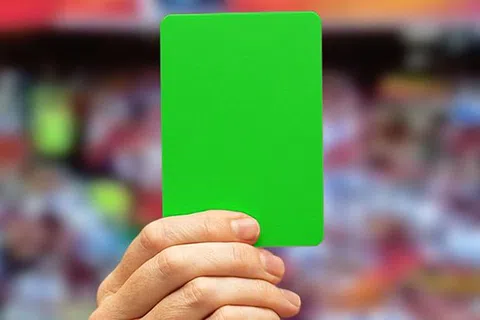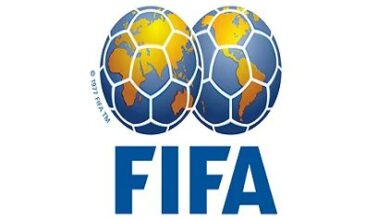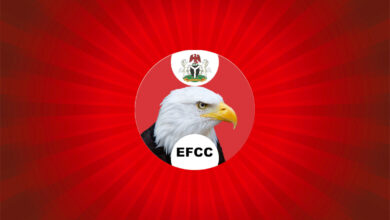
FIFA Green Card: Morocco Makes History With First Use at U-20 World Cup
Football history was made on September 29, 2025, when the FIFA green card was officially used for the very first time at the U-20 World Cup in Chile. Morocco’s U-20 national team became the first to benefit from this revolutionary rule after coach Mohamed Ouahbi successfully challenged a referee’s penalty decision against Spain.
The green card, designed by FIFA as part of its new Football Video Support (FVS) system, could change the future of refereeing by giving coaches the power to challenge crucial decisions in real time.
What Is the FIFA Green Card?
The FIFA green card is not a disciplinary measure like the yellow or red card. Instead, it is a challenge card that allows team coaches to request a video review of major incidents, including:
Goals and offside situations
Penalty decisions
Direct red card offenses
Mistaken identity
Each team is allowed two green card challenges per match. If the challenge is correct and the referee overturns the initial decision, the team keeps both challenges. If it fails, one challenge is lost.
This system is aimed at improving fairness, reducing referee errors, and complementing VAR technology in tournaments where full VAR infrastructure may not be available.
First Use of the Green Card: Morocco vs Spain
The landmark moment came in the group stage clash between Morocco and Spain at the FIFA U-20 World Cup.
In the 78th minute, Spain was awarded a penalty.
Morocco’s coach, Mohamed Ouahbi, quickly raised the green card to contest the decision.
After video review, the referee overturned the penalty call and booked the Spanish forward for simulation.Morocco went on to secure a 2-0 victory.
This was the first-ever official use of the FIFA green card in world football, making Morocco the nation to enter history books with its debut.
Why the Green Card Matters
The introduction of the green card is seen as one of FIFA’s boldest steps in recent years.
Benefits of the Green Card:
1. Fair Play – Coaches now have a voice in correcting wrong calls that could alter the course of matches.
2. Transparency – Video reviews ensure fans and players see justice done on the pitch.
3. Accessibility – Smaller tournaments without full VAR setups can adopt this simpler system.
Concerns About the Green Card:
It may disrupt game flow with frequent reviews.
Coaches could use it tactically to slow down play or unsettle opponents.
Consistency of referee interpretation will still be a major talking point.
Previous Green Card Experiments
While this is the first FIFA-sanctioned use, the idea of a green card has appeared before in other contexts:
Italy’s Serie B (2016) used a green card to reward fair play.
CONIFA tournaments (2018) used a green card as an intermediate punishment, forcing players off the pitch.
However, FIFA’s new system is unique. it is not about punishment or reward, but about video challenges for accuracy.
Will FIFA Adopt It Permanently?
FIFA has confirmed that the green card is still on trial during the U-20 World Cup 2025. Depending on its success, the system may expand to:
FIFA senior tournaments like the World Cup qualifiers.
Continental club competitions such as the UEFA Champions League and CAF Champions League.
Domestic leagues without advanced VAR infrastructure.
If proven successful, the green card could become as iconic as the yellow and red cards, shaping football’s future for decades.
The FIFA green card represents a groundbreaking step in football history. Morocco’s successful challenge against Spain was not just a tactical decision it was a historic moment that marked the dawn of a new era in refereeing.
As FIFA tests this system further, fans, coaches, and players worldwide will watch closely to see if the green card becomes a permanent feature of the beautiful game.





















